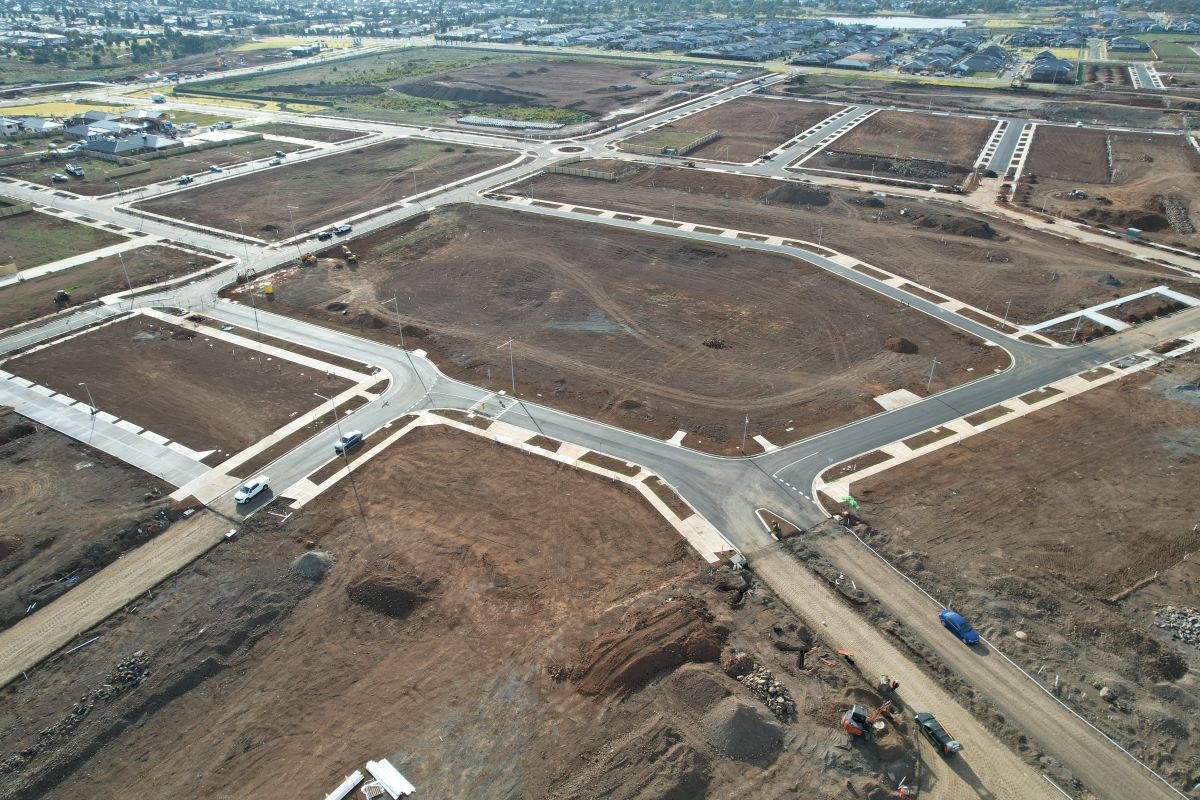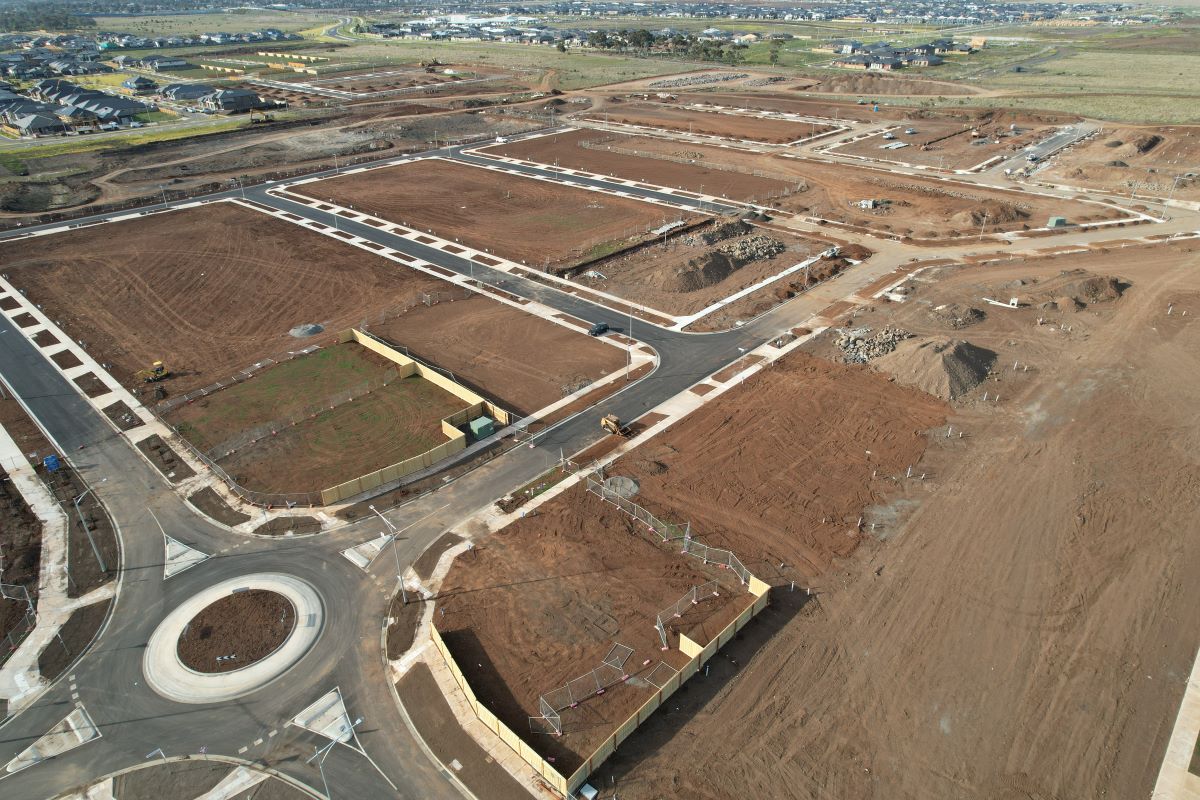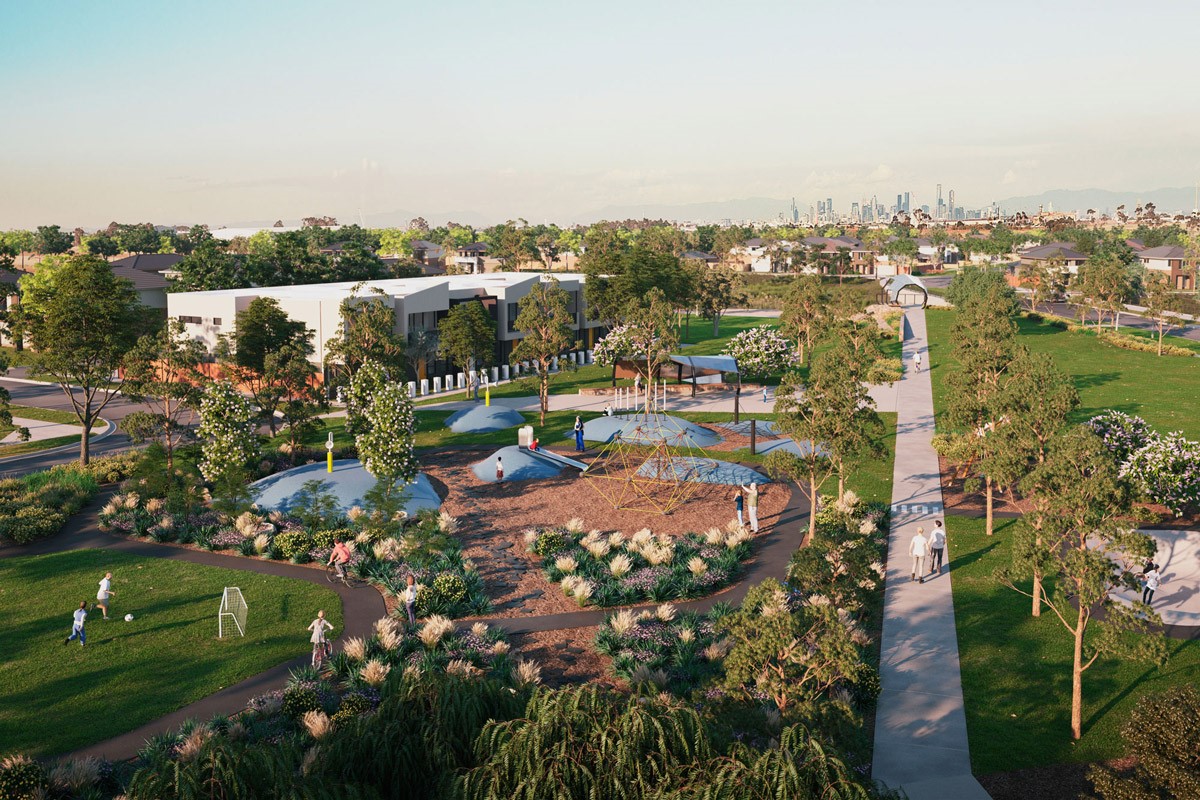Services
Gallery
DPM Consulting Group has been involved with the development of Manor Lakes Estate since its inception over 30 years ago in 1990. Since then, we have been involved in the design and project management of 150+ stages within this master-planned development in conjunction with the Dennis Family Corporation. Once fully developed, Manor Lakes Estate will consist of approximately 7,000 residential lots nestled amongst park lands, lakes and wetlands together with community facilities.
A sustainable approach to urban development
We have adopted a sustainable approach to all our designs which enable all the valuable natural assets to be preserved and protected. Our partnership with the Dennis Family Corporation has allowed us to provide professional engineering services in the development of their land. Our design expertise has enabled us to provide our expertise through the design development, project management and construction management of numerous wetlands, branch sewers, signalised intersections, culverts over creeks and a lake which involved significant negotiations with relevant stakeholders.
Hydraulic creek remodelling
The work carried out along the Lollipop Creek waterway by reshaping the rural creek alignment to form more efficient, flood profiles, and then re-modelling the flood levels, resulted in many hectares of savings in developable land.
One critical example was a large farm dam located directly on the waterway. When we modelled the flood conditions, it became clear that a very wide flood profile was needed to discharge the predicted peak flows through the dam. Traditionally, the standard approach has been to balance any increase in the filled waterway cross-sectional area with an equal cut waterway area. However, we decided to fill into the waterway. This allowed us to create a much narrower and more efficient waterway profile. We were able to prove through modelling that this narrower profile could contain the waterway’s design flows. The result was a decrease in the creek reserve area and a corresponding increase in the developable land area, which amounted to savings in hectares.
Another example occurred immediately downstream of an existing dam embankment. Over many years, erosion displaced and redeposited soil as fill during flood events, leading to a significant widening of the creek flood profile. Through modelling, we found that replacing just 300mm depth of fill over many hectares of land along the waterway could optimise the creek flood path. This would contain the flood within a much narrower profile, saving many hectares of developable land. Typically, this filling exercise cost less than $80,000, potentially saving a couple of hectares of developable land. In the past, filling within the floodplain without counterbalancing by cutting was not considered a viable option in creek remodelling. However, this cost-effective approach has made it possible to develop expanses of land that were previously unavailable for this purpose. It would be beneficial to include some before and after coloured modelling diagrams in the Stormwater Management Strategy (SWMS) from WaterTech’s work, showing the land saved.
Water quality strategy and land savings
We developed the water quality strategy for the entire site. Given the large total site area and external creek catchments entering and discharging throughout the site, the full extent of water quality and hydraulic flow principles apply.
Developing the strategy involved planning, designing, and constructing a full spectrum of assets and infrastructure. These ranged from retarding basins and large wetlands for over 60 hectares of catchment (traditionally belonging to Melbourne Water), to smaller wetlands belonging to the local council. We also included small bio-retention systems for small local creek catchments that couldn’t discharge into a wetland system, and the smallest catchment infrastructure prior to discharging to the waterway, being Gross Pollutant Traps (GPTs).
Specifically, the design and construction of bio-retention systems ended up saving hectares of developable land. This was due to the fact that providing reserve area for these water quality basins required only about one quarter to one sixth of the land take required for traditional wetlands.
Developing these assets into fully functional ones that achieve industry standard best practice water quality targets required significant time and expertise, as well as consultation to gain approval from the authorities.
Changes in planning and land use
This project began before the year 2000, and over time, changes in planning requirements have necessitated shifts in direction, particularly in servicing infrastructure strategies. This is especially true for sewer and stormwater systems, and sometimes even for changes in the land use requirements for large areas of the development.
One specific area, known as the station precinct, which is today adjacent to the Manor Lakes Railway Station, has seen its development plans change three times. From standard residential, to land set aside for a retirement village, to currently a medium density town centre, this area has had to evolve, sometimes rapidly.
These changes have presented a number of challenges, including the need to alter strategies for stormwater, sewer and electrical infrastructure. We’ve also had to deal with a changing road traffic network, as well as changes in lot configuration and reduced lot areas within the site.
Our strategy, which included the flexibility to change the direction of stormwater and sewer catchments from the early days of the development, has meant that these changes to land use planning have proceeded with minimal significant expense in new or reconstructed existing infrastructure. This has enabled the site to be serviced appropriately.








